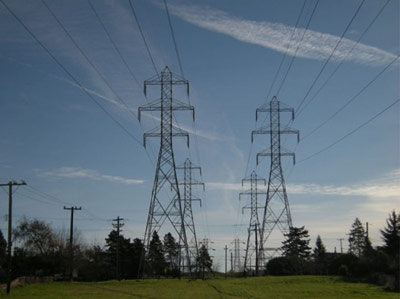 This research project is focused on the development of an energy management system (EMS) for offices and residences, tailored to the usage and behavior of the users. In order to cover every aspect of this project, CalPlug is working with behavioral scientists, internet service providers, EMS manufacturers and utility companies.
This research project is focused on the development of an energy management system (EMS) for offices and residences, tailored to the usage and behavior of the users. In order to cover every aspect of this project, CalPlug is working with behavioral scientists, internet service providers, EMS manufacturers and utility companies.
Projected Outcomes:
- PEFMS: CalPlug will work with at least one EMS manufacturer to augment its existing products as the platform for PEFMS. This system will support the proposed PEFMS architecture and be compatible with next generation connected consumer electronics. An effective set of user presence and attention sensors for addressing user behaviors will be defined for the system.
- Intervention Algorithm: This algorithm makes decisions on the frequency, format and media of feedback to assist users in master/slave energy management for plug load devices, and it will also have the capacity to directly control the devices. More importantly, it actively determines individual’s tolerance level of inconvenience in order to avoid early termination of user compliance. The algorithms will be derived from machine-learning programs in firmware and software. The final algorithm will process information from connected devices, usage patterns and energy saving objectives. The algorithm will be field tested to optimize the feedback.
- Consumer Participation: The system hardware will be based in the residence, but consumer interactions through personal mobile devices will be accommodated, more extensively than with current-market devices that merely relay instructions or receive data. For example, voluntary submission of electronic photos of appliances and/or brand information and model numbers would allow more accurate modeling of PEF, based on existing energy efficiency databases. This method will be especially motivational for k-12 to college students, who are typically more tech-savvy and environmentally aware than their parents. Recording patterns of remote interaction would facilitate future device programming through the machine learning program.
- Incentive Program Field Study: Once the system is set up and running, it becomes straightforward to sample usage data such as duty cycle and peak time, which once aggregated will assist in devising deemed-saving models for incentive programs of particular electronic devices. Test models can also be fed to the PEFMS to evaluate users’ adaptation process.
